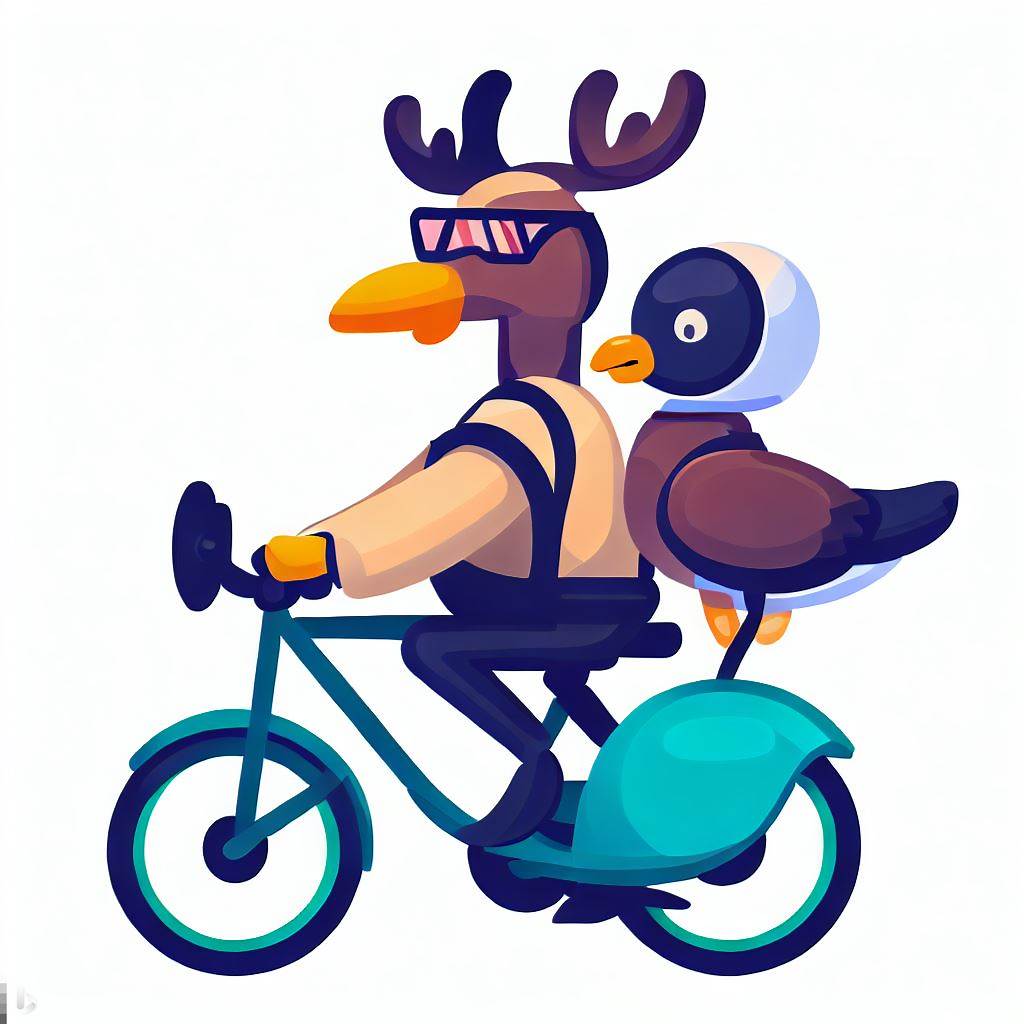Copyright class actions could financially ruin AI industry, trade groups say.
AI industry groups are urging an appeals court to block what they say is the largest copyright class action ever certified. They’ve warned that a single lawsuit raised by three authors over Anthropic’s AI training now threatens to “financially ruin” the entire AI industry if up to 7 million claimants end up joining the litigation and forcing a settlement.
Last week, Anthropic petitioned to appeal the class certification, urging the court to weigh questions that the district court judge, William Alsup, seemingly did not. Alsup allegedly failed to conduct a “rigorous analysis” of the potential class and instead based his judgment on his “50 years” of experience, Anthropic said.



What I mean by adding something of our own is how art, in Cory Doctorow’s words, contain many acts of communicative intent. There are thousands of microdecisions a human makes when creating art. Whereas imagery generated only by the few words of a prompt to an LLM only contain that much communicative intent.
I feel like that’s why AI art always has that AI look and feel to it. I can only sense a tiny fraction of the person’s intent, and maybe it’s because I know the rest is filled in by the AI, but that is the part that feels really hollow or soulless to me.
Even in corporate art, I can at least sense what the artist was going for, based on corporate decisions to use clean, inoffensive designs for their branding and image. There’s a lot of communicative intent behind those designs.
I recommend checking the blog post I referenced, because Cory Doctorow expresses these thoughts far more eloquently than I do.
As for the latter argument, I wanted to highlight the fact that AI needs that level of resources and training data in order to produce art, whereas a human doesn’t, which shows you the power of creativity, human creativity. That’s why I think what AI does cannot be called ‘creativity.’ It cannot create. It does what we tell it to, without its own intent.
Cory’s take is excellent, thanks for bringing this up because it does highlight what I try to communicate to a lot of people: it’s a tool. It needs a human behind the wheel to produce anything good and the more effort the human puts into describing what it wants the better the result, because as Cory so eloquently puts it, it gets imbued with meaning. So I think my posture is now something like: AI is not creative by itself, it’s a tool to facilitate the communication of an idea that a human has in their heads and lacks the time or skill to communicate properly.
Now I don’t think this really answers our question of whether the mechanics of the AI synthesizing the information is materially different to how a human synthesizes information. Furthermore it is murkied more by the fact that the “creativity” of it is powered by a human.
Maybe it is a sliding scale? Which is actually sort of aligned with what I was saying, if AI is producing 1:1 reproductions then it is infringing rights. But if the prompt is one paragraph long, giving it many details about the image or paragraph/song/art/video etc, in such a way that it is unique because of the specificity achieved in the prompt, then it is clear that no only is the result a result of human creativity but also that it is merely using references in the same way a human does.
The way I think the concept is easier for me to explain is with music. If a user describes a song, its length, its bpm, every note and its pitch, would that not be an act of human creativity? In essence the song is being written by the human and the AI is simply “playing it” like when a composer writes music and a musician plays it. How creative is a human that is replaying a song 1:1 as it was written?
What if maybe LLMs came untrained and the end user was responsible for giving it the data? So any books you give it you must have owned, images etc. That way the AI is even more of an extension of you? Would that be the maximally IP respecting and ethical AI? Possibly but it puts too much of the burden on the user for it to be useful for 99% of the people. Also it shifts the responsibility in respects to IP infringement to the individual, something that I do not think anyone is too keen on doing.
He is more of an imitation and his work has no soul and pain and when you understand this, no matter how perfect the art is, if there is no person or story behind it about why and for what purpose this art was drawn, then it is just factory crap that cannot compare with real soul food.